No Products in the Cart
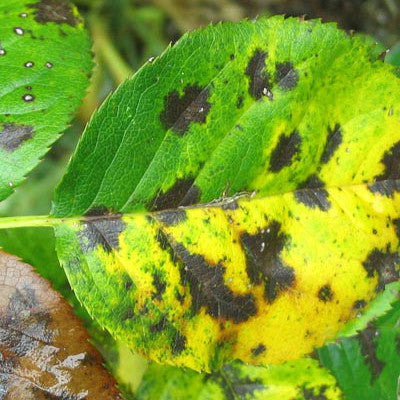
BLACK SPOT
Black Spot Fungus will cause a rose bush to defoliate. Shows up as black spots that quickly turn leaves yellow and cause them to fall off.
JANUARY
Apply Dormant Oil and contact fungicide
Applying dormant spray is one of the best things you can do for your rose bushes during winter. We recommend using a Dormant Spray Oil mixed with a Contact Fungicide
FEBRUARY
Prune existing roses and plant bareroots
it's time for Spring Pruning! Pruning is a major event which requires a more skilled hand than that of the generalized cutback we do in December. Our focus is on
MARCH
Apply Witherspoon Premium 2-in-1 Fertilizer to established roses
When it is time to wake up your roses in spring, nothing does the job like a good shot of nutrients. Roses are heavy feeders and they need a good fertilizer to help them
APRIL
After danger of frost, remove mulch from around the graft, begin spraying process
It's time to begin a spray program for the growing season! Now that your plants are coming out of dormancy and even pushing out some leaves, its time to unmound the plants
MAY
After danger of frost, remove mulch from around the graft, begin spraying process
It's time to begin a spray program for the growing season! Now that your plants are coming out of dormancy and even pushing out some leaves, its time to unmound the plants
JUNE
Deadhead roses, water 3-5 gallons weekly, and continue spraying
There’s nothing like a leisurely walk through a rose garden in full bloom. Vivid colors and a sweet rose fragrance beckon you into a garden alive with romance and Japanese be
JULY
Deadhead roses, water 3-5 gallons weekly, and continue spraying
July is usually the month where most rose gardens go downhill. This happens because gardeners are thinking about vacations, the awful heat, and are not willing to step
AUGUST
Deadhead roses, water 3-5 gallons weekly, and continue spraying
Whether cutting your roses to fill a vase or deadheading old blooms from your plant, use the 5 leaflet rule of thumb as the go-to spot for your new cut
SEPTEMBER
Same as previous month, but if you’re using a slow release fertilizer, stop application
Who's ready for a bountiful first bloom of their roses? We sure are! May is the most exciting time to celebrate the rose garden. One of the more rewarding aspects of growing.
OCTOBER
Deadhead roses, water 3-5 gallons weekly, stop spraying and order new roses
Spiced cider, moonlit hayrides, and bonfires usher us into the time of year where the air is crisp and sweet as the season's apples. Autumn weather also brings with it one last
NOVEMBER
Prepare new beds for planting next season
Prepare new beds for planting next season Every 2-3 years, have soil tested and adjust the pH level to range of 6-6.5
In the long run there are only two things that are always touching your rose bushes, soil and air. If that air happens to be relatively dry and 75 degrees your bushes will thrive
DECEMBER
Cut back roses to about 3', place mulch 6" high over the graft for winter protection
It consists of cutting back the roses to about 36" high and covering the center of the plant with mulch. This is done in early December after we
This calendar was adapted for the North Carolina Piedmont

BLACK SPOT
Black Spot Fungus will cause a rose bush to defoliate. Shows up as black spots that quickly turn leaves yellow and cause them to fall off.
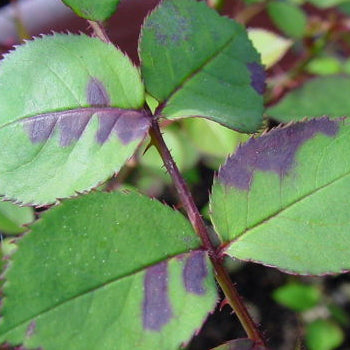
POWDERY MILDEW
Downey Mildew is characterized by purple splotches on leaves and stems. Will cause bush to defoliate.
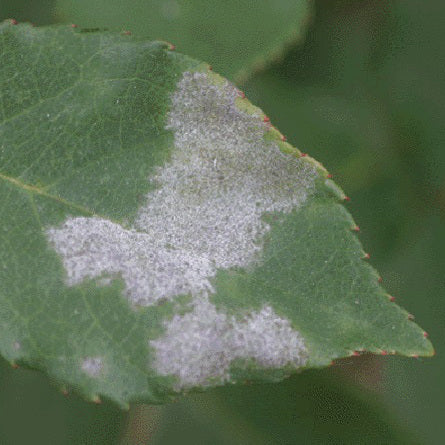
POWDERY MILDEW
Powdery Mildew is characterized by a white powdery substance that causes leaves to curl and growth to become deformed.
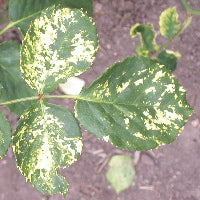
ROSE MOSAIC
Rose Mosaic occurs when otherwise healthy leaves have a marbled effect of light and dark green.
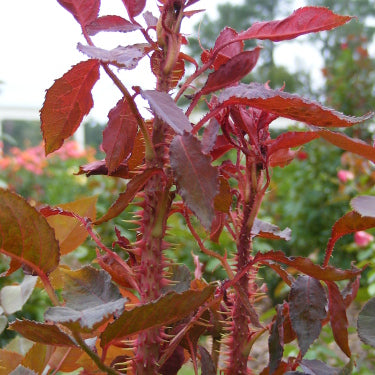
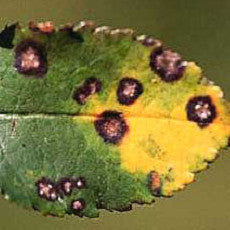
ANTHRACNOSE
Anthracnose is characterized by dark sunken lesions in leaves that will eventually cause the bush to defoliate.
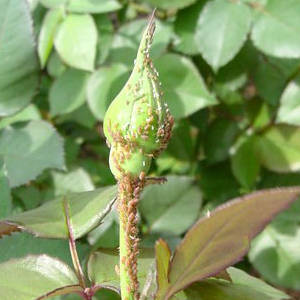
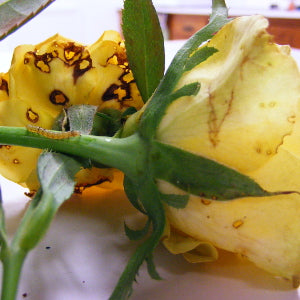
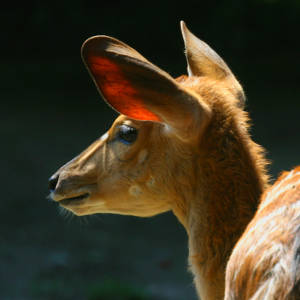
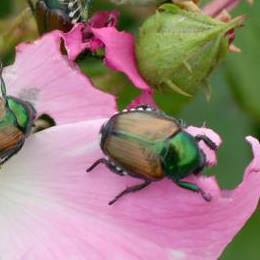
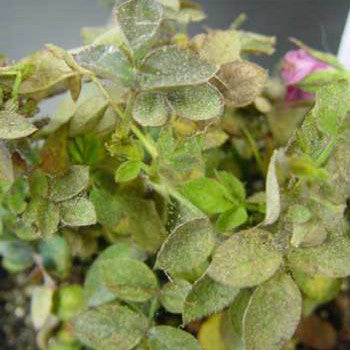
SPIDER MITES
Typically causes leaves to dry up and leaves a dusty residue on the bottom of the leaves.
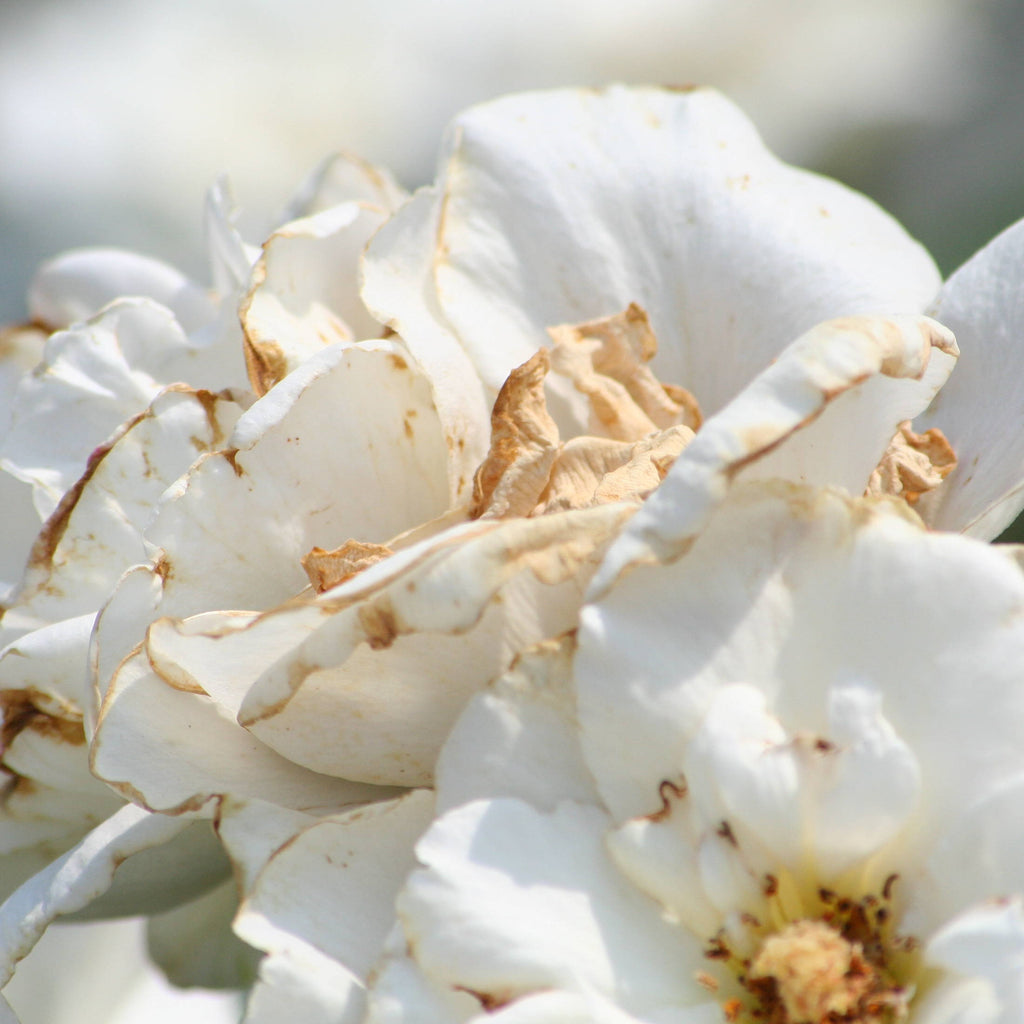
THRIPS
Typically causes blooms to shrivel up before opening or causes brown edges on blooms.